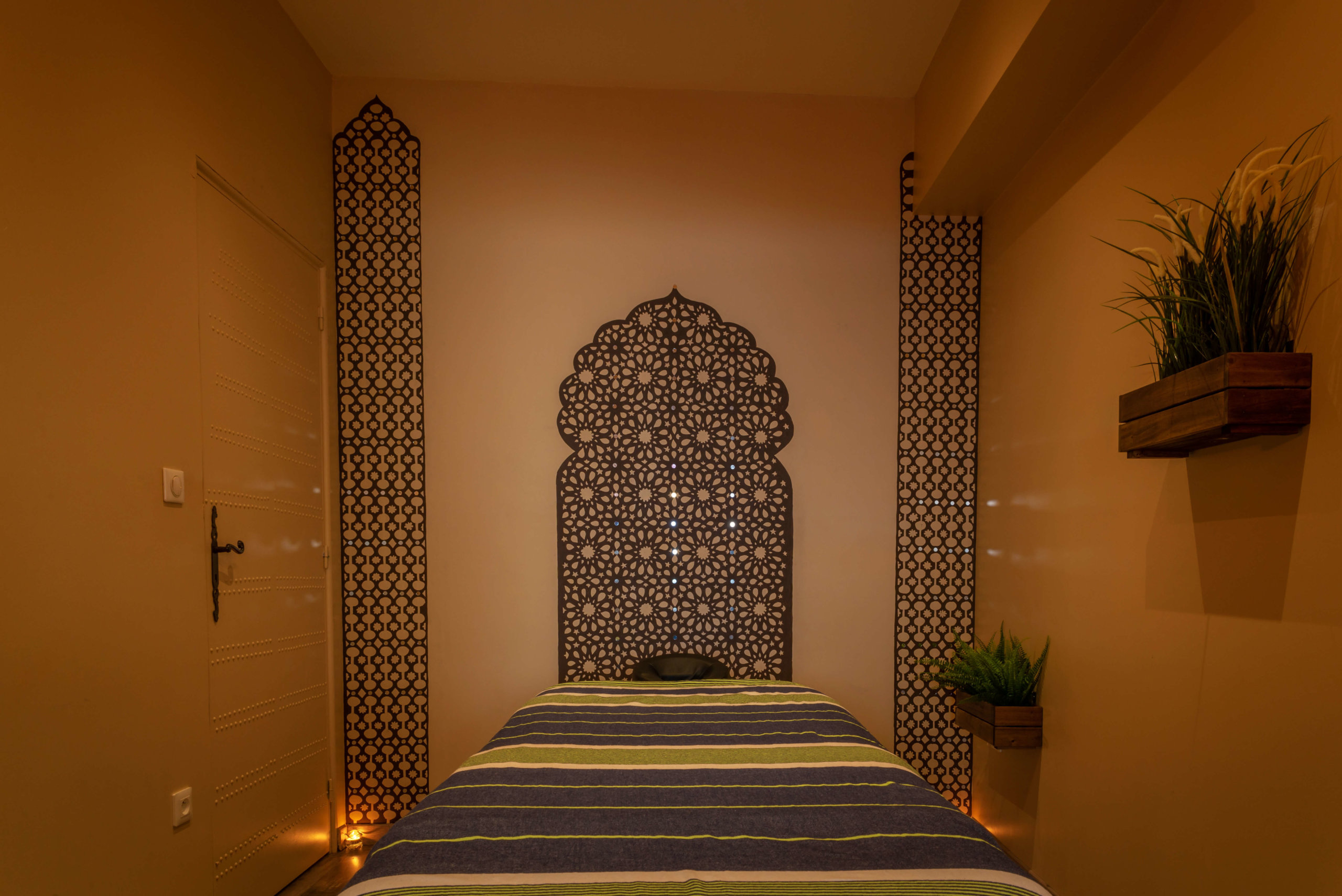Ayurvedique
85,00€

Deposit neither refunded nor exchanged. Ability to move the appointment 5 days in advance maximum.
Détails
Fasciatherapy comes from the word “fascia” which refers to the connective tissue that covers all the muscles and organs, from head to toe, from the depth to the periphery. These fascias are partly elastic, and can absorb a physical or psychological stress causing a tightening of certain zones. The role of the fasciatherapist is to identify the zones of tension and, with the help of massages, manipulations or even immobilizations at specific points of manual support, to make them mobile and malleable again. In the long term, fasciatherapy rebalances and stimulates the energy potential. In this, she is very close to osteopathy.
Fasciatherapy is a painless and non-manipulative technique based on a gentle touch that follows the slow movement of fasciae. Fascia mobilizations, soft, and fulcrums are the two main phases of the fasciatherapy manual approach
Fasciatherapy, for whom?
Generally, fasciatherapy is the “last resort”. People undertaking this type of procedure have been suffering for a long time and have often gone through traditional medical techniques that have not solved their problems. Everyone is concerned, “from the baby to the adult, and more particularly the sportsmen whose body is subjected daily to multiple physical aggression.This soft technique, which requires a certain quality of touch of the practitioner, does not present risks major.
Why do a myofascial massage:
Relieve chronic pain and stiffness
Treat scars
Reduce spasms, cramps and pain points
To ameliorate the headaches
Reduce stress and / or anxiety
Improve sports performance
Treat recent or past injuries
Reshape the tissues after delivery
For functional and digestive disorders, particularly related to stress: migraines, tinnitus, constipation, stomach ache
to accompany people suffering from physical and psychological disorders resulting from surgery or chemotherapy.
Two or three sessions are usually enough to erase stress and fatigue and to reduce pain.



